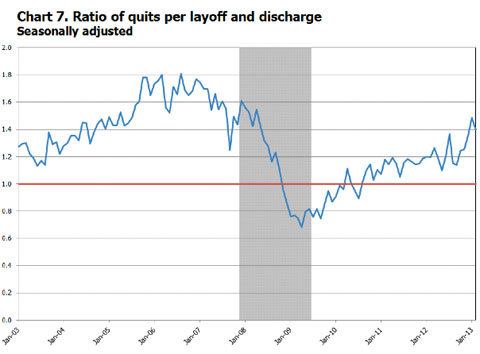


Some customer turnover will naturally be attributed to competition from other brands. To keep customers from turning over, they must think your product is both essential and good.
CUSTOMER TURNOVER DEFINITION SOFTWARE
Certainly, if your brand has shown problems in the past, such as software that had technology glitches, consumers can lose trust. They may also believe your product has problems. Churn may happen if customers don't see your product as something they need. What consumers perceive about a product can influence whether they continue to stay with a brand. A company that identifies price as a factor in turnover can reevaluate their current price to change attrition rates. Price structure is often set by value and industry standards. Depending on the industry, price can have a big impact on whether a customer stays with the brand or leaves. How much a product costs is a threshold for many consumers. Related: 9 Ways To Provide Excellent Customer Service Price They are often willing to pay more for the experience. Customers are less likely to leave a brand that provides high-quality customer service. A positive customer service experience will most likely bring the consumer back, while a negative experience may cause the customer to leave the brand altogether.Ī good experience with the company means a consumer is more likely to share and influence someone else to purchase services or products from the business. How a customer interacts with a brand has an impact on attrition.

Knowing this rate helps drive business decisions.Ĭustomer attrition is caused by several factors: Customer Experience Returning customers are a source of stability and success for a company. Retention rate: The opposite of attrition is the rate a company keeps customers. They may also decide to improve a product due to a lack of repeat sales. Identify strengths and weaknesses: Companies use attrition rates to find out how well they perform in areas of customer satisfaction and brand loyalty. Businesses can use data from turnover rates to manage funds for marketing and consumer relations. Save money: It's usually more cost-effective to retain customers than attract new ones. Since customer churn accounts for a decline in profit, knowing the rate of customer attrition tells businesses how much they need to produce in new sales to cover losses. Here are some of the main reasons to pay attention to customer turnover rates:īudgeting and sales projections: Information about customer turnover can be used to predict sales. Turnover rates give insight into the number of customers loyal to a business, how customer experience influences business and even how trends change from one year to the next. Related: Understanding Customer Retention With Strategies Why is it important to understand customer turnover?

Customer turnover is also part of the data a business uses to identify customer loyalty and satisfaction. Companies use turnover rates to figure out how they can improve their operations. Since a business relies on a continued customer base to make a profit, attrition alerts a company to figure out what caused a customer to churn. Turnover happens when a customer has stopped interacting with a company after a certain period of time. Also called customer attrition, churn, cancellation or defection, most businesses study turnover to find new ways to attract or retain customers. What is customer turnover?Ĭustomer turnover is the measure of clients or consumers not retained by a business. In this article, we will examine the reasons for customer turnover and ways companies can retain consumers. Companies study this phenomenon called customer turnover to interpret how their business is performing. When a consumer no longer buys a service or product from a company they are considered lost business. Every business that relies on revenue needs to attract and retain its customer base.


 0 kommentar(er)
0 kommentar(er)
